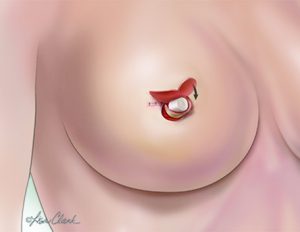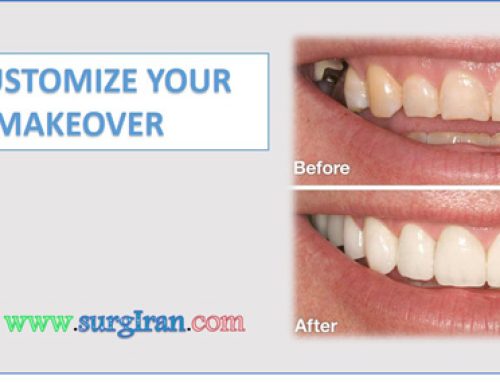
For the majority of patients undergoing a mastectomy, the nipple and areola are removed. Therefore, many women choose to undergo nipple reconstruction surgery. After a breast reconstruction surgery, which rebuilds the breast mound, a nipple reconstruction procedure attempts to recreate the darker-colored areola and the elevated nipple. It’s important to note that if your breast cancer was treated with radiation, you are more likely to have post-surgical complications.
Nipple reconstruction surgery methods
Several approaches can be used in the reconstruction of your nipple, depending on the condition of your new breast tissue and your surgeon’s preferences.
Skin flap
Small flaps of skin from your reconstructed breast are folded and sutured together to build a mound that becomes the nipple. The skin is manipulated to give the nipple an elevated appearance compared to the breast mound. Additional skin, fat, or synthetic fillers are sometimes used to make the nipple more erect.
Skin graft
If there isn’t enough tissue to create a nipple from the new breast, your surgeon may use a skin graft. Grafts are usually taken from the abdomen, thigh, the crease of the buttocks, or the groin where legs and torso meet.
Skin grafts have a higher rateTrusted Source of complications after surgery.
Autologous graft/nipple sharing
If the nipple on your unaffected breast is large enough, a portion of it may be grafted onto your new breast. This is called an autologous graft or nipple sharing.
Medical tattooing
Tattooing is widely used to recreate a natural-looking areola and nipple. Skin grafts may also be used in addition to the tattoo procedure. Women who want to avoid additional surgeries may choose to have only a tattoo. It’s important to note that in this situation the nipple will not be elevated.
Plastic surgeons and their clinical staff perform medical tattooing, but many acknowledge that skilled tattoo artists use three-dimensional techniques to produce a much more lifelike nipple and areola.
Pigments are chosen to match your other nipple. Tattooing is usually performed after nipple reconstruction. Over time, pigments may fade or change. This may make it necessary for you to have the tattoo touched up.
Insurance doesn’t always pay for medical tattooing, particularly if not performed by a healthcare practitioner.




